Creative placemaking is a powerful way for cities and towns to use the arts to strengthen their communities through elevating community assets, connecting communities, envisioning new possibilities, and energizing public spaces.
In 2022, I created The Grove, a public-outdoor art display in an underutilized pocket park that has now become a permanent, seasonal outdoor art gallery. The park went from an overgrown, unlit area to a thriving and dynamic community space with new lighting and maintained landscaping. It is now a favored spot for family photo sessions or a place to bring out of town guests and has shifted the way people think about their town.
Using my experience with The Grove, I’d like to share 3 strategies to help artists, community leaders, and nonprofit organizations cultivate a creative placemaking mindset to create their own successful placemaking initiatives.
Companion Audio: Rural Threads
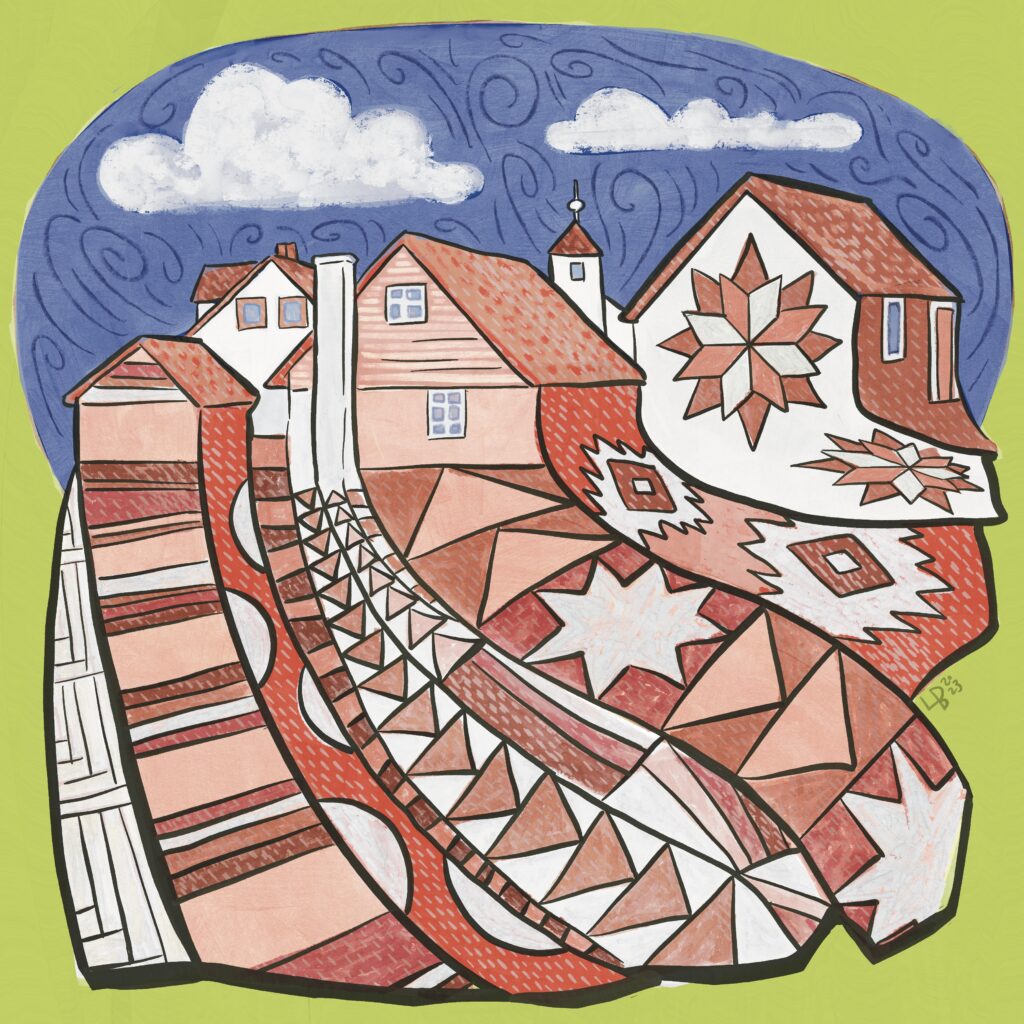
Creative Placemaking & Cross-Sector Partnership
How can art be used to connect people to the place where they live? Find inspiration for your rural community using a strategic model that prioritizes mindset, partnership, and story-telling.
Featuring
-
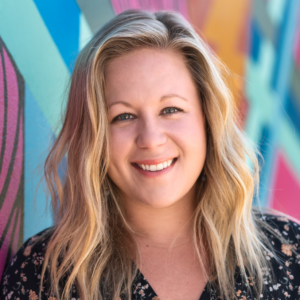
Amber Danielson
MARSHALL COUNTY ARTS AND CULTURAL ALLIANCE
Amber Danielson is a Marshalltown, Iowa native and has served as the Executive Director of the Arts + Culture Alliance since 2016. She is a Marshalltown Community College and University of Northern Iowa graduate where she obtained her bachelor’s degree in marketing and international business.
Under her leadership, the Arts + Culture Alliance has added more than 30 public art installations throughout the community totaling over half a million dollars. She has generated over $4 million dollars in grant funding for creativity in her community and most recently spearheaded the development of the city’s first Arts & Culture Master Plan.
Most recently, she was the recipient of the 2023 Governor’s Emerging Arts Leader award for the State of Iowa and received the 2022 Outstanding Leader Award by Youth and Shelter Services. Currently, Amber serves as the Chair of the Iowa Arts Council board of directors, leads a state-wide arts leaders networking group and is the treasurer for Marshalltown’s 13th Street District board.
-
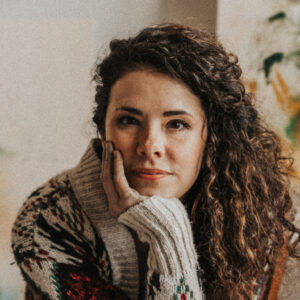
Gabriella Torres
Artist
Gabriella Torres is an abstract painter living and painting in her hometown of Clinton, Iowa. She specializes in creating large scale, colorful abstract pieces that focus on themes of balance and connectivity to ourselves and to the natural world. She is passionate about creating community-based art experiences that promote engagement and the arts in Clinton.
Gabriella has been a presenter at the Iowa Arts Summit at Mainframe Studios in Des Moines and was recently honored as an Emerging Arts Leader at the Governor’s Arts Award ceremony presented by the Iowa Arts Council and the Iowa Department of Cultural Affairs.
Gabriella’s work has appeared in group shows internationally in Madrid, Paris, Genoa, and Milan and stateside in New York City and Miami. In 2022, she also had two local exhibits of her work, WILD, presented at the Sawmill Museum, and The Grove, an outdoor public and interactive art exhibit in downtown Clinton that has since become a permanent outdoor art gallery space.
-

Jennifer Drinkwater
IOWA STATE UNIVERSITY
A Mississippi native, Jennifer Drinkwater is an artist, an associate professor of art & visual culture and the community arts specialist for extension and outreach at Iowa State University. She has a B.A. in both studio art and anthropology from Tulane University and earned an M.F.A in painting from East Carolina University
Jennifer explores how we bring artwork from the studio into the world, and how art-making can both build and shape community. During the past few years, she has partnered with communities in Iowa and Mississippi in various community art projects, programming and theatre productions.
Jennifer’s also the creator of The What’s Good Project, which celebrates the meaningful stories from where we live through community conversations and painting.
-
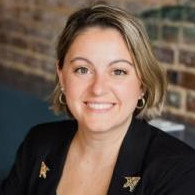
Melissa Bond
UNIVERSITY OF KENTUCKY
Melissa Bond is the Community Arts Extension Program Leader for the University of Kentucky Cooperative Extension Service. She also oversees the Community & Economic Development Initiative of Kentucky (CEDIK)’s First Impressions program, the Creative Economy program, arts partnerships with other colleges within UK and other universities across the country, and arts-based professional development offerings for Extension Agents.
Most recently, Melissa was the project director for the Rural America Placemaking Toolkit and the Placemaking in Small & Rural Communities Conference, a partnership with USDA Rural Development to provide access to placemaking resources, programs, and information for rural communities across states, tribal nations, and territories.
Melissa holds a Master of Arts in Public Administration/Social Responsibility & Sustainable Communities from Western Kentucky University, and a Bachelor of Arts in Theatre from University of the Cumberlands.
Building an Asset Mentality
The first key component in cultivating your creative placemaking mindset is building an asset mentality. In many rural communities, we are often faced with empty storefronts on our main avenues, dilapidated buildings, or underutilized or under-cared for green spaces. It is easy to see these places and spaces and focus on the challenges they bring. However, an asset mentality shifts the perspective from what is lacking to what is possible. Instead of seeing an empty storefront, could that be an opportunity to showcase work from local artists and makers with QR codes that take you to their website? Is an old building a blank canvas for a mural? Is an empty lot a location for a new sculpture garden complete with park benches?
How I Did It:
My concept for The Grove was to create an “art forest” where visitors would be able to walk through a forest of art for an intimate and immersive art experience. At the same time, I also wanted this art display to beautify and provide new energy to a space that was largely overlooked by the community. Additionally, it had to be easily accessible to all community members, meaning that it was within walking distance from more residential areas while also being close to a bus route. Pocket Park was a place I had visited often and was currently under risk of being turned into a cement lot. However, viewing it as an asset rather than a hindrance, it became the chosen site for The Grove and is now a permanent outdoor art gallery in Clinton, adding value to the community as well as to the surrounding downtown area and is heavily featured in our tourism marketing materials through Grow Clinton.
Put it into Practice:
- Create a list of buildings, places, and spaces that are potential assets.
- What is the potential of each building, place, or space?
What could creative placemaking look like with that asset in mind?
Pro-tip: Community Partners are Assets
Assets aren’t limited to physical spaces and places. Think of the human resources in your community, too. Who are local leaders, creatives, doers, makers? How could they contribute to creative placemaking in your town?
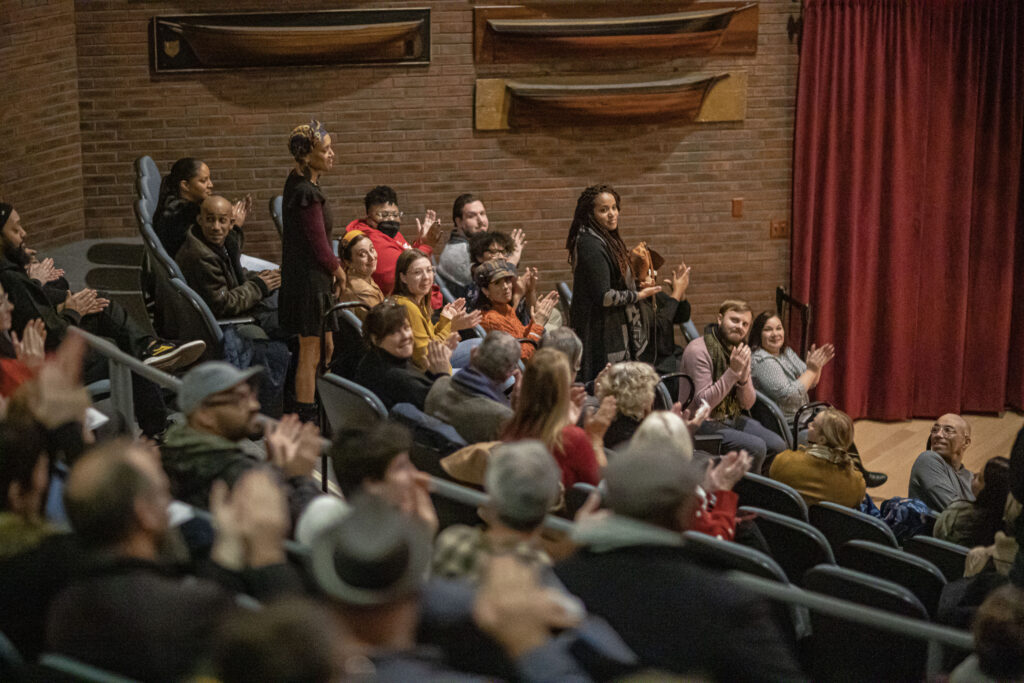
Turning Partners into Active Participants
Another key component in cultivating a creative placemaking mindset is turning your partners into active participants. Successful creative placemaking hinges on your partnerships and relationships and the ability to make them feel like a vital part of the process- because they are! The most impactful creative placemaking initiatives can connect people from across different sectors of the community with each of them feeling equally invested because they have a vital role to play. Beyond just donating money, partnerships can look like project management assistance, installation input, or volunteering to be the fiscal agent so that funds can be funneled through a 501(c)3, thus making the project easier to fundraise for. The more directly involved your partners can be in placemaking, the more impact the project will have throughout your community,
How I Did It:
For The Grove, early on, I identified who my key partners needed to be and approached them for their support. This included the City of Clinton Parks and Recreation Department who oversaw the park. This partnership led to an incredible partnership with the City of Clinton Public Works Department who helped to clean up the park, add lighting to the park, purchase additional lighting for the installation, as well as helping with the actual layout and installation of the display. This was no small contribution as the display consisted of 12 free-standing, heavy wooden frames ranging from 4 to 10 feet in size. In addition, from the outset I worked with local woodworker, Tim Fuller from Retired with Wood, who designed the sculptural frames, as well as with Steve Pearson from Upholstery Unlimited who designed the convertible top canvas panels. They helped solve many of the challenges this installation presented and were instrumental in the success of The Grove. In addition, active partnerships lead to impactful change. Public Works is now incorporating artistic flourishes into the new wayfinding system as a result of The Grove.
Put it into Practice:
- Engage your partners- ask them for their ideas and input. Make them part of your team.
- Assign tasks – people often are willing to do more but may not know how best to help or support your initiative. Assign them a task. If they are good managers, ask them to help project manage. If they are good planners, ask them for help with event planning.
- Use key partners as advisors. Run ideas past your key partners and reach out to them for guidance when needed.
Pro-tip: Capitalize on your Community
Invite your community to be part of the process through input, conversations, or hands-on help. The more involved your community feels with the project, the more support your project will have and the more successful it will be in both the short and long term.

Celebrating the Story
The third component for cultivating your creative placemaking mindset is celebrating the story. This is key for not only your own creative placemaking mindset, but for cultivating this mindset in others. One of the most exciting aspects of creative placemaking is that it is an opportunity for you and your community to show the world how you see your town. It’s an opportunity to decide on the stories we want to tell each other about the places where we live. A celebration can be an opening reception event, a feature in media outlets, or social media content. Whatever method or combination of methods you decide to use, celebrate the story you are both creating and telling.
How I Did It:
For The Grove, I decided to have a large opening reception event, complete with catering, refreshments, and live music. In addition, I did a heavy media blast and sent out press releases and invitations to the event to local and statewide media outlets. I also reached out to my network of friends to share the story of The Grove, which landed me a TV spot on Paula Sands Live! All of these measures helped to amplify not only the story of The Grove, but more importantly, the story of Clinton, Iowa as a dynamic river town that values the arts.
Put it into Practice:
- Plan your event using these tips: Event Planning 101
- Make a list of local media outlets and contacts. Keep this list up to date.
- Identify your network and who would like to share your story. Ask them to share.
Pro-tip: Documentation is Key
Don’t forget to document the story of your project. From meetings and site visits, to the installation and event, be sure to take lots of photos and videos and notes of testimonials and quotes along the way. Not only are these materials great for historic and archival purposes, but they will help you share your story for years to come and can be used to secure funding and resources for future projects.

Try it Yourself
Are you feeling inspired? You can download this framework to help you being to cultivate your creative placemaking mindset.
